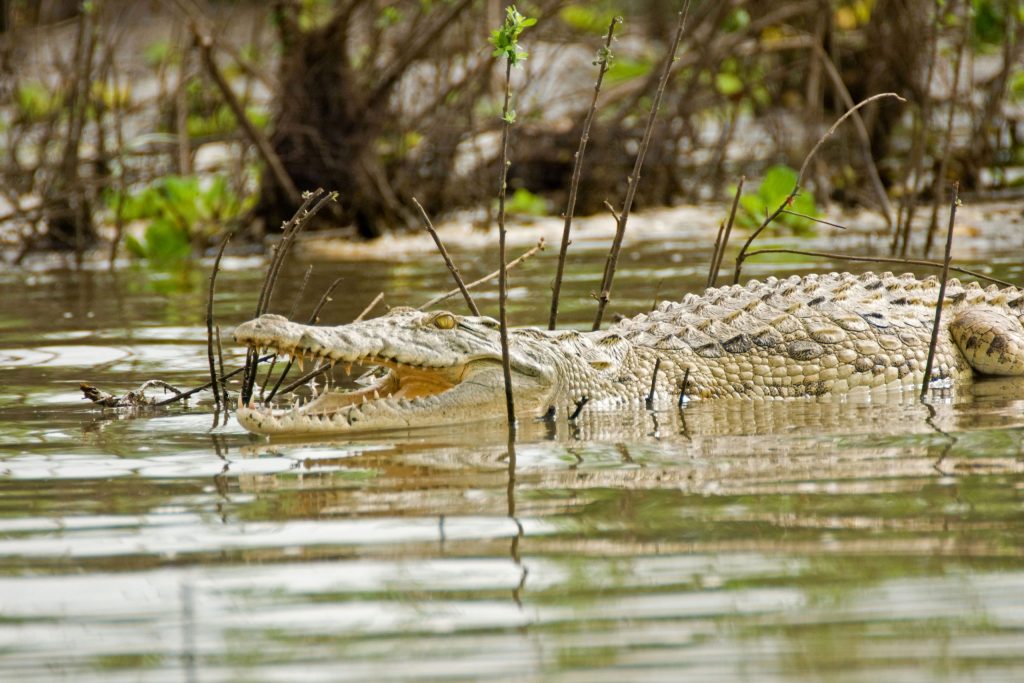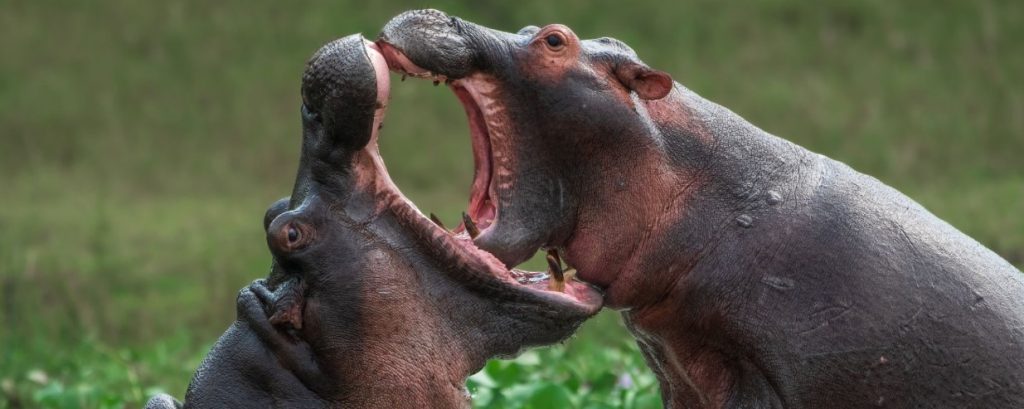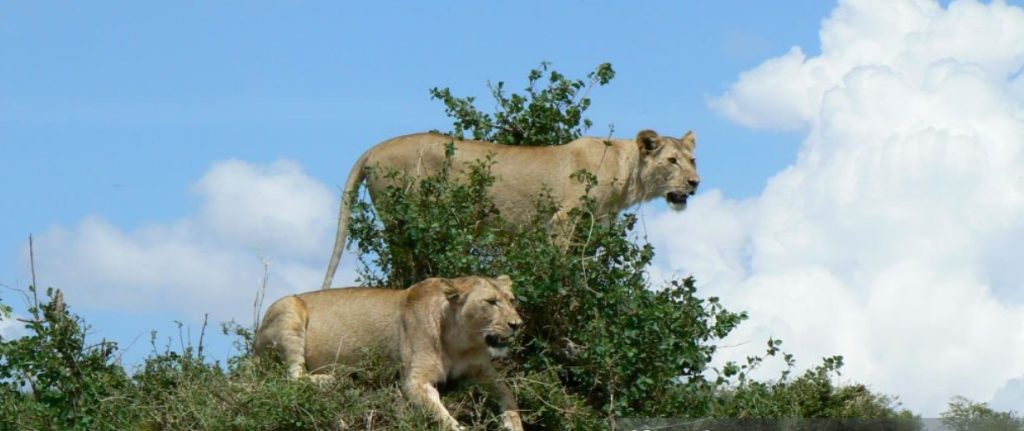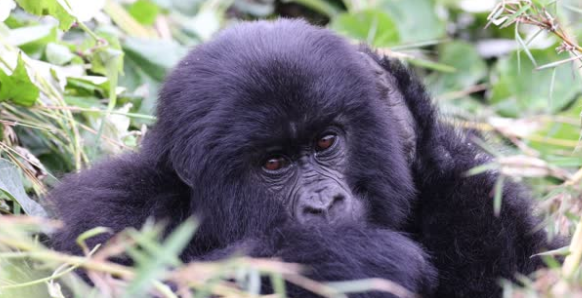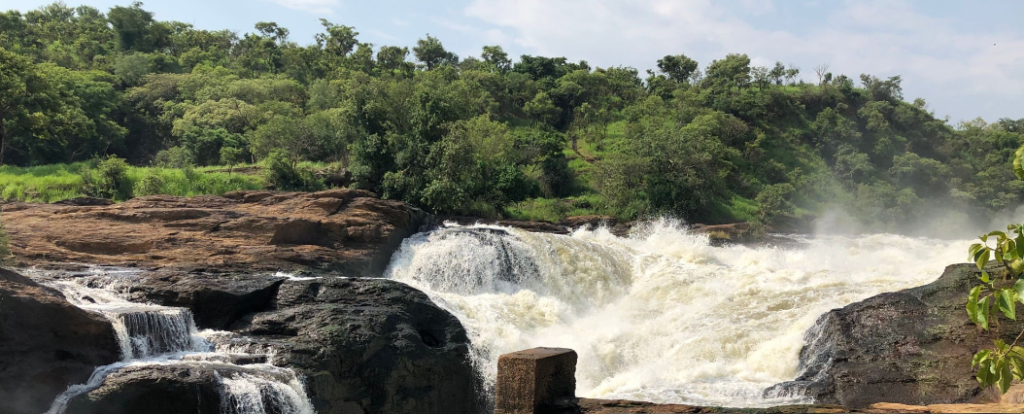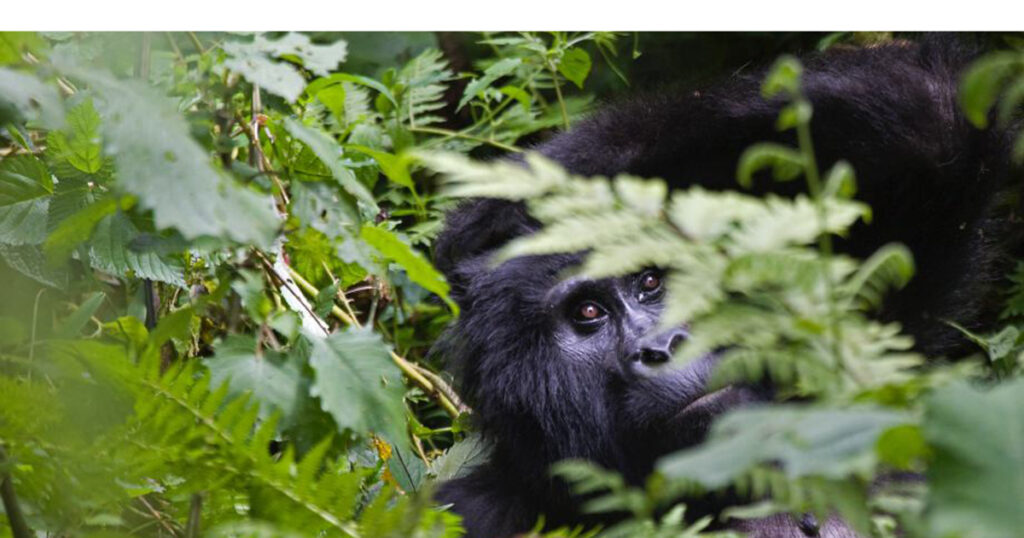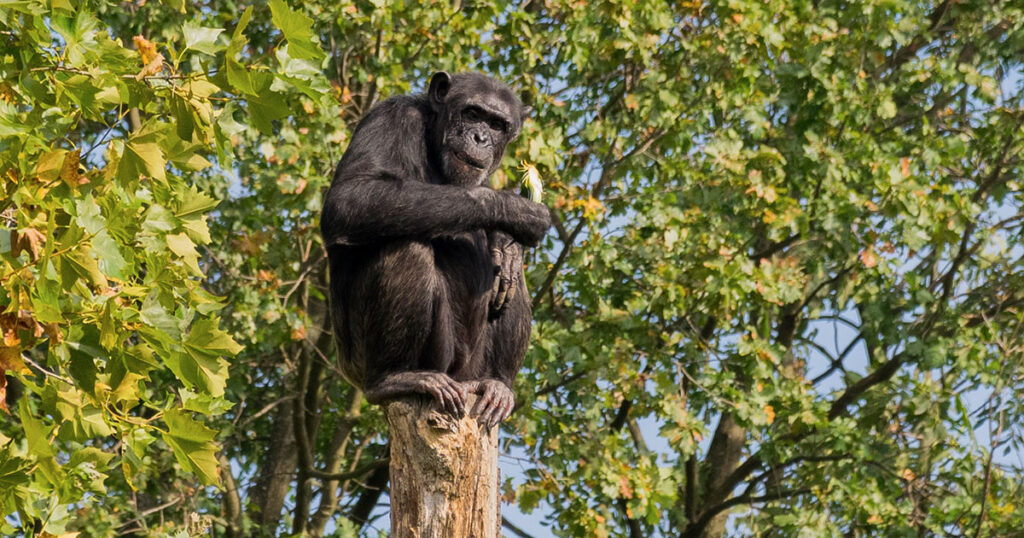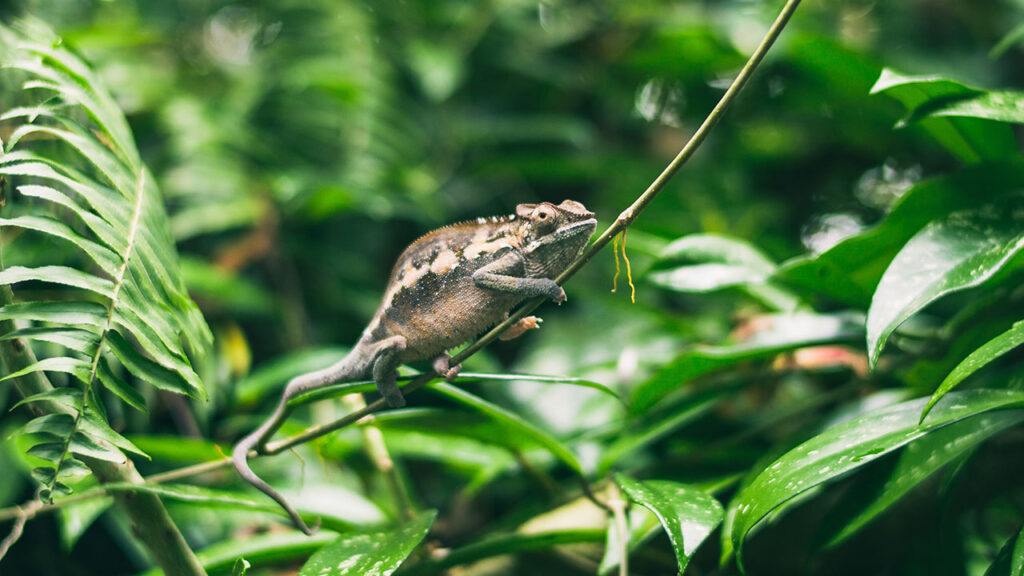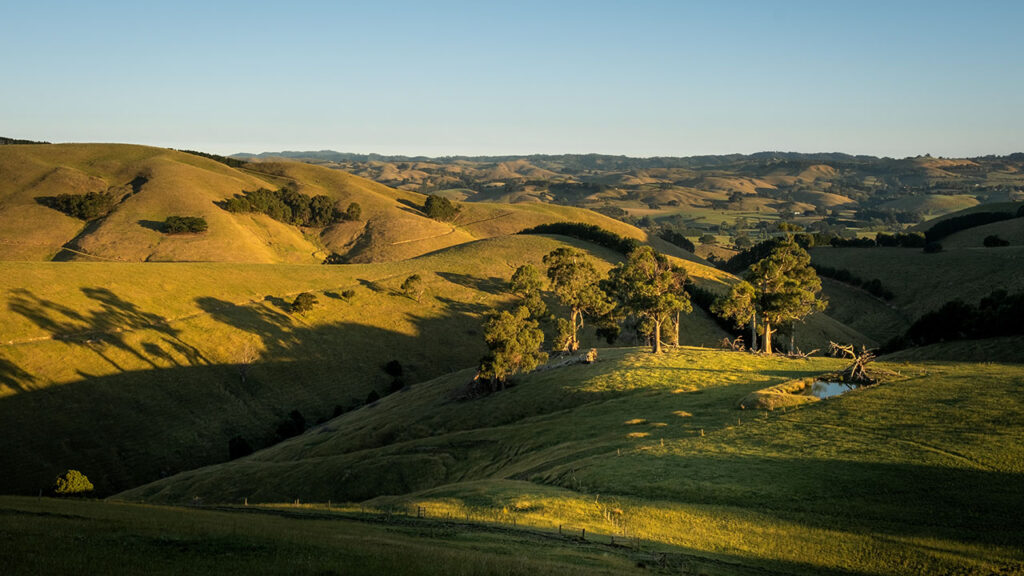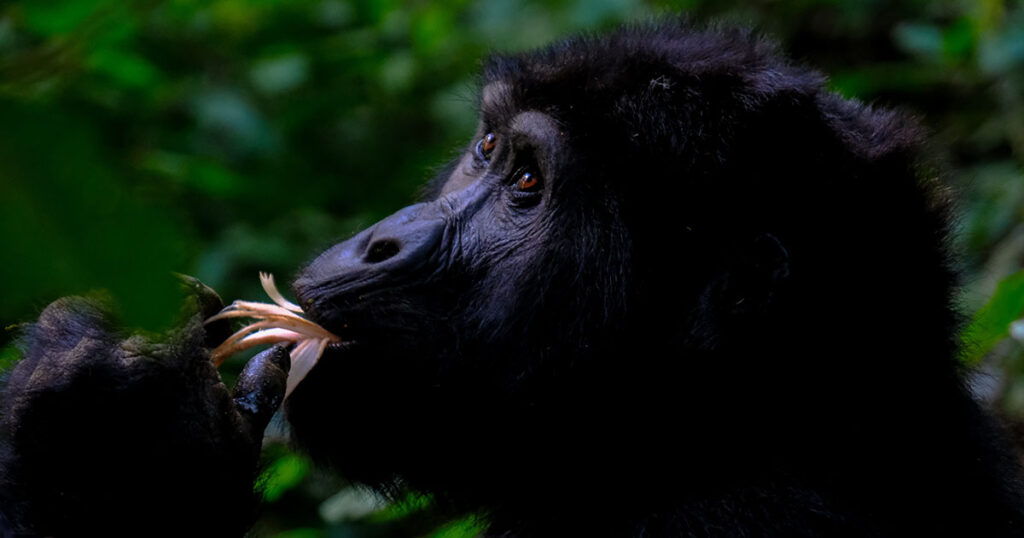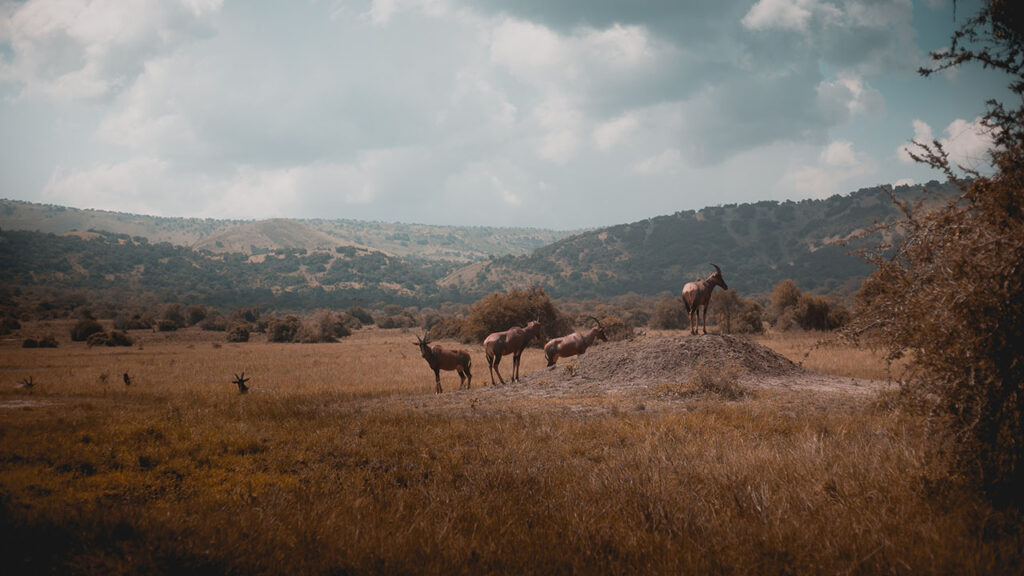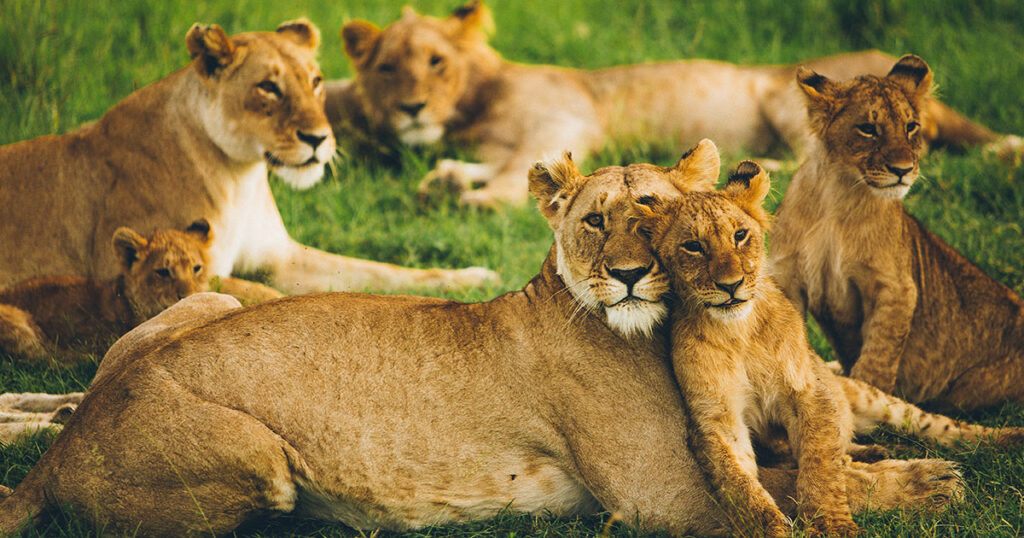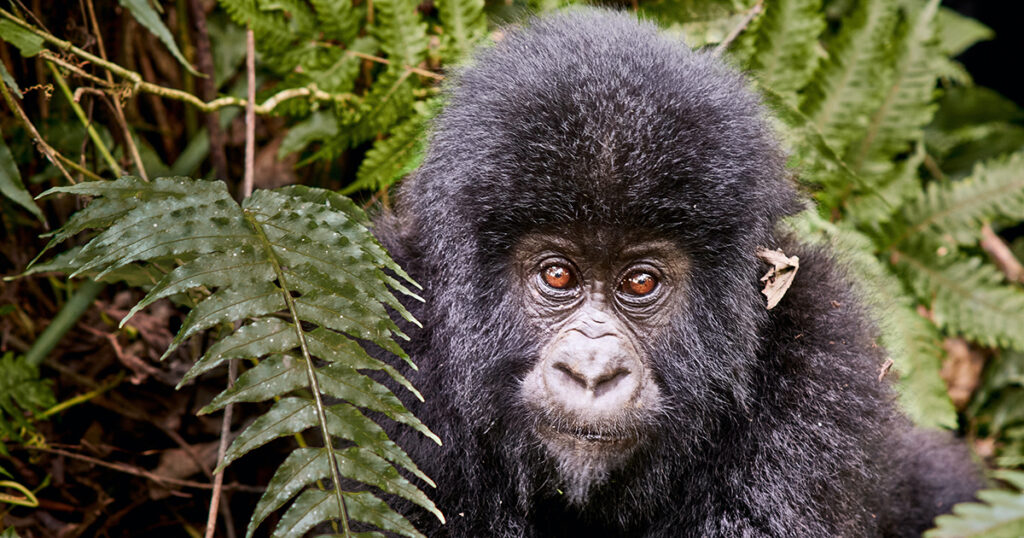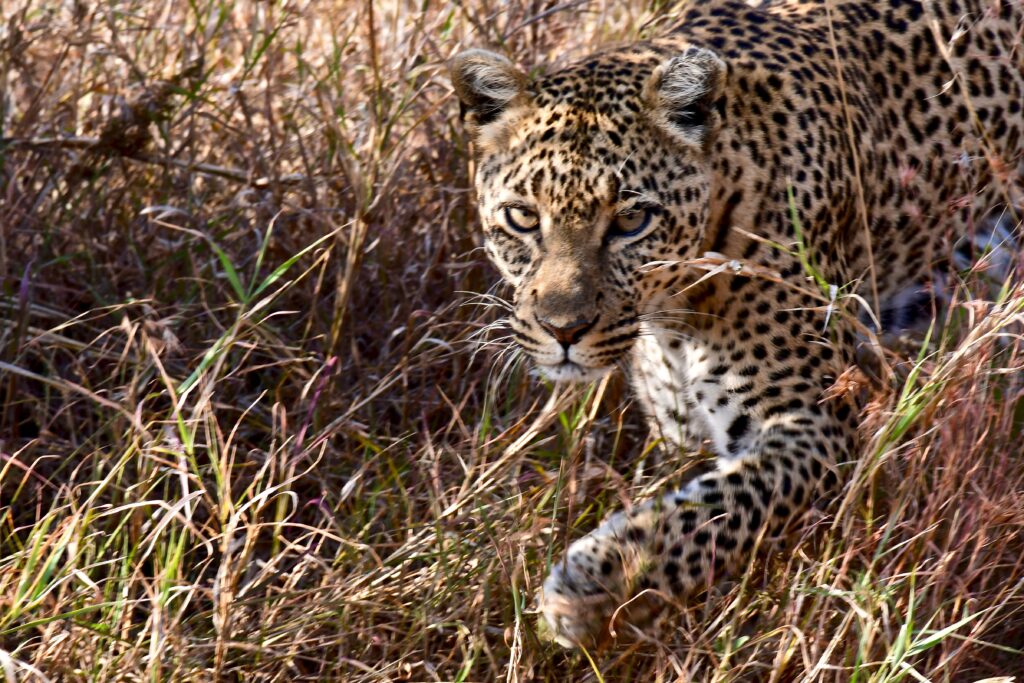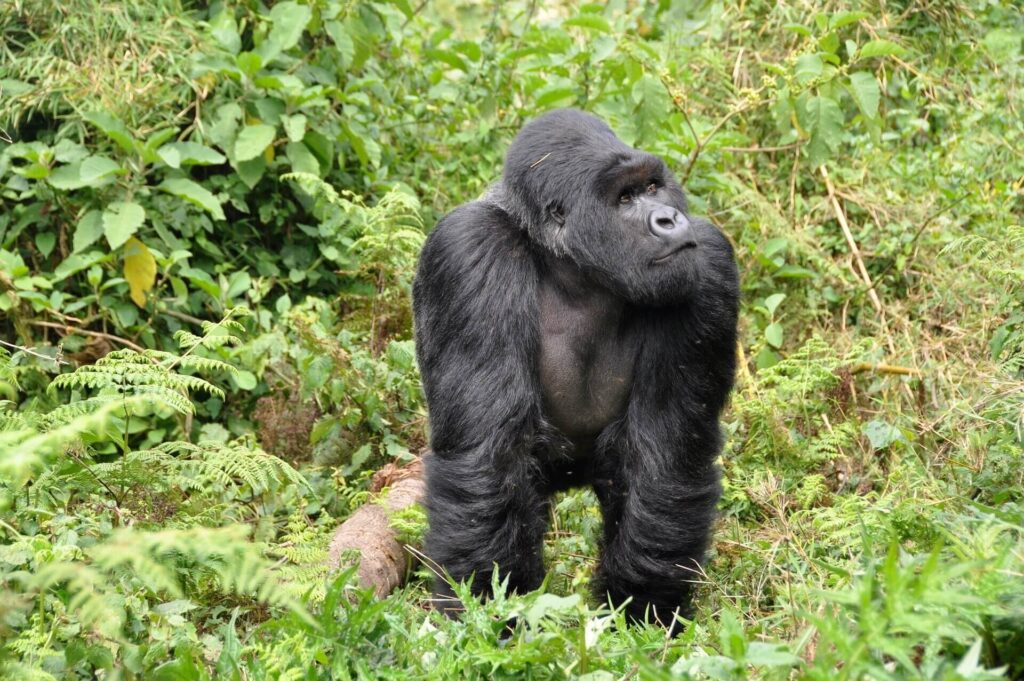Tanzania Safaris offer an unparalleled opportunity to experience the untamed beauty and diverse wildlife of East Africa. This captivating destination is renowned for its breathtaking landscapes, abundant wildlife, and vibrant culture. With its extensive network of national parks, game reserves, and conservation areas, Tanzania is a dreamland for nature enthusiasts and adventure seekers. In this comprehensive guide, we’ll take you on a virtual journey through the enchanting world of Tanzania safaris, providing insights into its remarkable wildlife, iconic destinations, and the many different ways to explore this East African gem. Whether you are a seasoned traveler or a first-time explorer, Tanzania safaris promise an unforgettable and enriching experience.
A Kaleidoscope of Wildlife
One of the primary draws of Tanzania safaris is the remarkable abundance and diversity of wildlife that inhabit the country’s vast wilderness. Tanzania is home to the iconic “Big Five,” which includes lions, elephants, leopards, rhinoceros, and buffaloes. These magnificent creatures can be spotted in various national parks such as Serengeti National Park, Ngorongoro Conservation Area, and Tarangire National Park. The Serengeti, in particular, is world-famous for its annual Great Migration, where millions of wildebeest, zebras, and other herbivores journey across the plains in search of fresh grazing grounds. This awe-inspiring spectacle is a sight to behold, and witnessing it during a Tanzania safari is a truly unique and unforgettable experience.
The Iconic Serengeti National Park
Serengeti National Park, often referred to as the “Land of Endless Plains,” is the jewel in Tanzania’s safari crown. This vast expanse of savannah and woodlands covers over 14,000 square kilometers and is renowned for its high concentration of wildlife. The park is not only home to the Big Five but also hosts an array of other species, including cheetahs, hyenas, giraffes, zebras, and numerous bird species. The Serengeti is also famous for its diverse landscapes, ranging from open grasslands to acacia-studded savannahs, making it a photographer’s paradise.
One of the most exceptional events that occur in the Serengeti is the Great Migration. Each year, nearly two million wildebeest, hundreds of thousands of zebras, and other herbivores embark on a grueling journey across the plains in search of fresh grass and water. This dramatic spectacle is a powerful reminder of the circle of life in the animal kingdom, with predators such as lions and cheetahs closely following the herds to seize their hunting opportunities.
Ngorongoro Conservation Area – A Natural Wonder
The Ngorongoro Conservation Area, a UNESCO World Heritage Site, is another must-visit destination for Tanzania safaris. Often referred to as the “Eighth Wonder of the World,” the Ngorongoro Crater is the centerpiece of this conservation area. This massive volcanic crater, formed millions of years ago, is now home to a diverse range of wildlife. The crater floor provides a unique habitat for various species, including lions, cheetahs, elephants, and an astonishing variety of birdlife.
One of the remarkable aspects of the Ngorongoro Crater is its self-contained ecosystem. The walls of the crater act as a natural barrier, creating a microcosm of East African wildlife. This ensures that you’ll have the opportunity to observe an impressive density of animals in a relatively small area, making it an excellent spot for wildlife enthusiasts and photographers.
Tarangire National Park – Land of Giants
Tarangire National Park, often dubbed the “Land of Giants,” is another gem in Tanzania’s safari landscape. This park is renowned for its large population of elephants, which are often spotted along the Tarangire River, especially during the dry season. Tarangire National Park’s diverse landscapes, including riverine forests, open plains, and swamps, create a haven for a wide range of species, including lions, leopards, and an abundance of bird species.
What sets Tarangire apart is its unique topography, with massive baobab trees dotting the landscape. These ancient trees, known as the “Tree of Life,” provide shade for both wildlife and visitors and serve as an iconic backdrop for memorable safari photos. Tarangire’s uncrowded nature adds to its charm, allowing for a more intimate and peaceful safari experience.
Remarkable Birdlife and Avian Diversity
Tanzania is not just about the “Big Five”; it’s also a birdwatcher’s paradise. The country is home to over 1,100 bird species, making it an excellent destination for avian enthusiasts. From the colorful lilac-breasted roller to the impressive martial eagle, Tanzania’s birdlife is as diverse as it is captivating.
The Great Rift Valley, which stretches through Tanzania, is a particularly rich area for birdwatching. Lake Manyara National Park, located in the Rift Valley, is famous for its flamingos, pelicans, and numerous waterfowl species. Lake Natron, a soda lake at the base of the Rift Valley, is a breeding ground for lesser and greater flamingos. Birdwatchers can also explore the forests and grasslands of the Usambara and Uluguru Mountains to spot unique and endemic species.
Unique Cultural Encounters
Tanzania safaris offer more than just wildlife adventures; they also provide an opportunity to immerse yourself in the vibrant and diverse culture of the local communities. The country is home to numerous ethnic groups, including the Maasai, Chaga, and Sukuma, each with their own unique traditions, customs, and languages.
Visiting a Maasai village is a popular cultural experience on Tanzania safaris. You can interact with the Maasai people, learn about their traditional way of life, and witness their distinctive attire and beadwork. It’s a chance to gain insights into their age-old pastoralist lifestyle and the importance of their cattle. Engaging with local communities not only enriches your safari experience but also contributes to sustainable tourism and the well-being of these communities.
Conservation and Eco-Tourism
Tanzania places a strong emphasis on conservation and eco-tourism. The country’s commitment to preserving its natural wonders is evident in its extensive network of national parks, game reserves, and conservation areas. The revenue generated from tourism plays a crucial role in supporting these conservation efforts, ensuring the protection of Tanzania’s wildlife and ecosystems for future generations.
Many lodges and camps in Tanzania are eco-friendly, using sustainable practices to minimize their impact on the environment. These accommodations are often situated in pristine locations, allowing guests to be closer to nature while still enjoying modern comforts. By choosing eco-friendly lodges and camps, you can be a part of the responsible tourism movement and contribute to the preservation of Tanzania’s natural beauty.
A Year-Round Destination
Tanzania safaris are not limited to a specific season; they are a year-round experience. Each season offers a unique perspective on the country’s wildlife and landscapes.
Dry Season (June to October): This is the most popular time for safaris as the dry season brings less vegetation and limited water sources, making it easier to spot wildlife around watering holes and rivers. The Great Migration typically takes place from June to July in the Serengeti, making it an incredible time to witness this natural spectacle.
Green Season (November to May): The wetter months of the year bring lush landscapes and an abundance of migratory bird species. The scenery is vibrant, and it’s an excellent time for birdwatching. While wildlife is still plentiful, the thick vegetation can make animal sightings slightly more challenging.
Accommodation Options
Tanzania offers a wide range of accommodation options to suit various preferences and budgets. Whether you prefer the luxury of a safari lodge, the charm of a tented camp, or a more budget-friendly option, Tanzania has something for everyone.
Luxury Safari Lodges: For travelers seeking the ultimate in comfort and luxury, Tanzania boasts a selection of world-class safari lodges. These lodges offer spacious rooms, gourmet dining, spa facilities, and expert-guided game drives. Some notable lodges include the Four Seasons Safari Lodge Serengeti, Singita Grumeti Reserves, and the Ngorongoro Crater Lodge.
Tented Camps: Tented camps provide a more immersive and authentic safari experience. These camps offer comfortable, spacious tents with en-suite facilities, often located in close proximity to prime wildlife-viewing areas. Many tented camps also offer guided walking safaris, allowing you to explore the bush on foot.
Budget-Friendly Options: Budget-conscious travelers can find a range of affordable accommodations, including guesthouses, hostels, and campsites. These options provide basic amenities while still allowing you to experience the beauty of Tanzania’s wilderness.
Choosing the Right Safari
The perfect Tanzania safari experience is highly dependent on your personal preferences, interests, and travel goals. There are several types of safaris to choose from, each offering a unique perspective on this remarkable destination.
Game Drives: Game drives are the most common way to explore Tanzania’s wildlife. Experienced guides take you on 4×4 vehicles into the heart of national parks and game reserves, providing the opportunity to spot a wide array of animals. You can choose between half-day and full-day game drives, depending on your preference.
Walking Safaris: For a more intimate and immersive experience, consider a walking safari. These safaris are typically guided by armed rangers who take you on foot through the wilderness. Walking safaris allow you to observe the smaller details of the ecosystem, from tracks in the sand to the intricate world of insects.
Hot Air Balloon Safaris: Take your safari experience to new heights with a hot air balloon safari. Floating above the vast plains of the Serengeti during sunrise, you’ll witness the breathtaking beauty of Tanzania from the sky. This is a magical way to spot wildlife and enjoy the serene landscapes below.
Cultural Safaris: In addition to wildlife-focused safaris, you can also choose to participate in cultural safaris that allow you to interact with local communities and learn about their traditions and way of life. These safaris often include visits to villages, schools, and local markets.
Horseback Safaris: For a unique and adventurous perspective, consider a horseback safari. Riding through the African wilderness provides a different vantage point for observing wildlife and the landscape. Some areas, such as the foothills of Mount Kilimanjaro, offer exceptional horseback safari experiences.
Preparing for Your Adventure
Before embarking on a Tanzania safari, there are some essential preparations to ensure a smooth and enjoyable journey:
Travel Documents: Ensure that your passport is valid for at least six months beyond your planned departure date. You will also need a Tanzanian visa, which can often be obtained upon arrival, but it’s advisable to check the most up-to-date requirements with the Tanzanian embassy or consulate in your country.
Vaccinations and Health: Consult with a travel medicine specialist to determine the necessary vaccinations and health precautions for your trip. Malaria is prevalent in Tanzania, so prophylactic medications are strongly recommended.
Travel Insurance: Obtain comprehensive travel insurance that covers medical emergencies, trip cancellations, and potential evacuations.
Packing: Pack appropriate clothing for the season of your visit. Light, breathable clothing is essential for the daytime, while warmer clothing is advisable for the cool evenings and early mornings. Don’t forget sunscreen, a wide-brimmed hat, and insect repellent. A good pair of binoculars and a camera with extra batteries are also must-haves.
Currency: The Tanzanian Shilling (TZS) is the local currency, but US dollars are widely accepted. It’s a good idea to carry a mix of both. Credit cards are generally accepted at higher-end lodges and hotels.
Local Customs: Respect local customs and traditions, especially when interacting with the local communities. Modesty in clothing and behavior is appreciated.
Responsible Tourism
As a responsible traveler, it’s important to be aware of the impact of your safari on the environment and local communities. Here are some tips for responsible tourism in Tanzania:
Support Conservation: Choose accommodations and tour operators that actively contribute to wildlife conservation and local community development. Your financial support helps protect Tanzania’s natural resources.
Respect Wildlife: Keep a safe distance from animals and follow your guide’s instructions. Do not approach or feed the wildlife, and avoid making loud noises that could stress the animals.
Minimize Waste: Dispose of trash properly and minimize single-use plastics. Many eco-friendly lodges in Tanzania are committed to reducing their environmental footprint.
Support Local Communities: Purchase crafts and souvenirs from local artisans and markets, and participate in cultural activities and village visits that directly benefit local communities.
Educate Yourself: Learn about the local culture, wildlife, and conservation efforts in Tanzania. Understanding the challenges faced by the country can lead to more informed and responsible decisions during your trip.
Tanzania safaris offer an incredible opportunity to connect with nature, witness the majesty of wildlife, and immerse yourself in the rich culture of East Africa. From the iconic Serengeti to the Ngorongoro Crater, Tanzania’s diverse landscapes and remarkable biodiversity make it a top choice for safari enthusiasts.
Whether you’re an intrepid adventurer seeking to explore the African wilderness or a nature lover looking to witness the Great Migration, Tanzania offers an array of experiences that cater to various interests and budgets. With a commitment to conservation and responsible tourism, Tanzania ensures that its natural wonders are preserved for generations to come.
Embarking on a Tanzania safari is not just a journey; it’s an odyssey into the heart of Africa, where every day promises new discoveries and unforgettable moments. With the call of the wild echoing through the savannah, there’s no better time to set out on this extraordinary adventure and make lifelong memories in the land of Tanzania.
